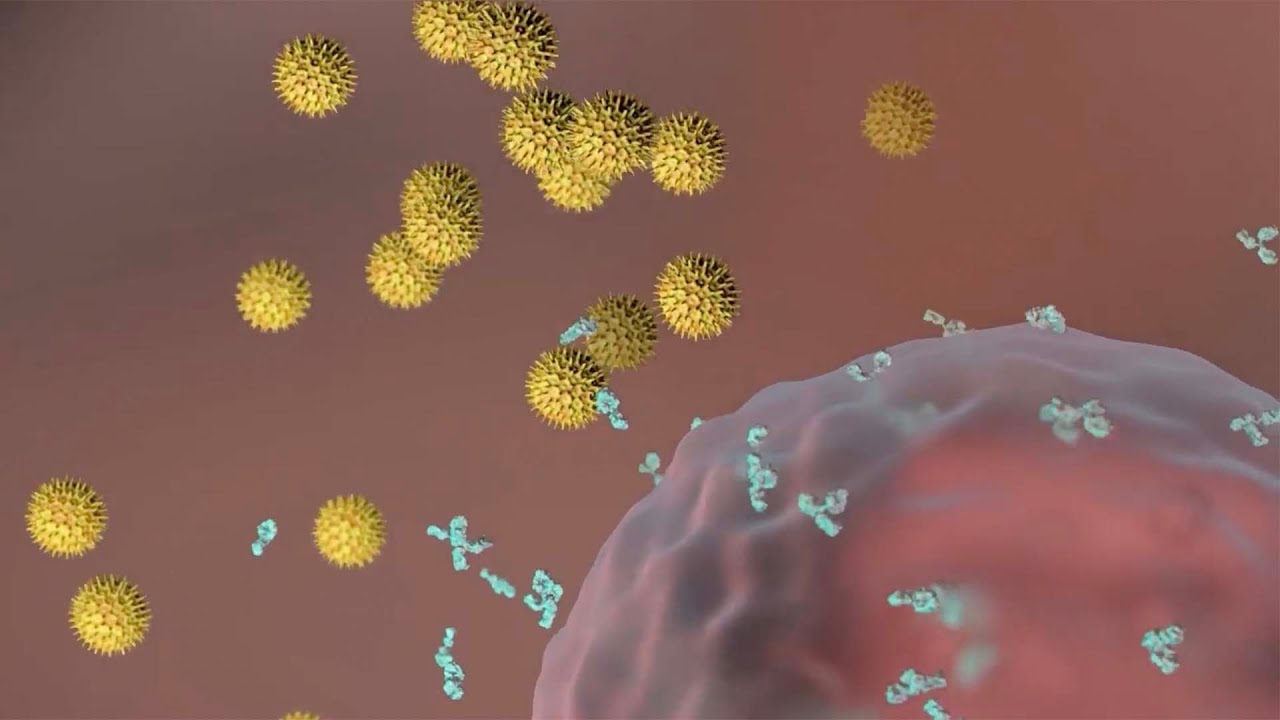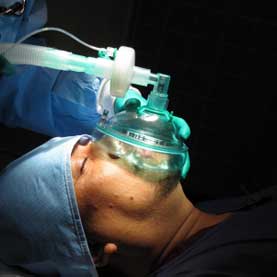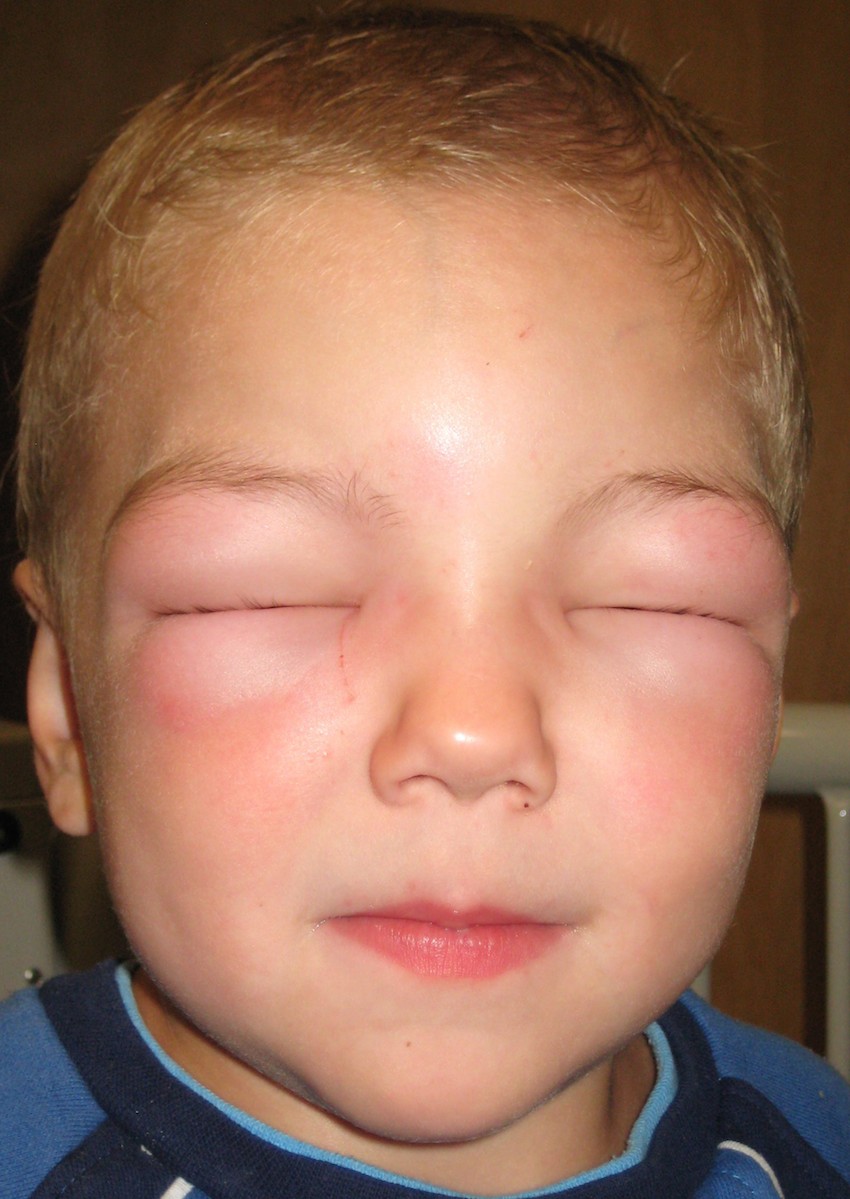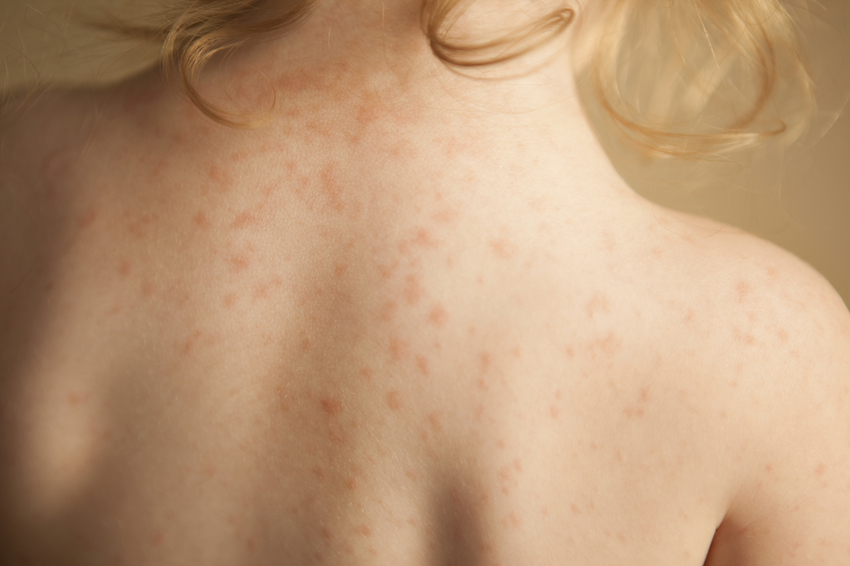The Allergy Content Hub Case Studies Channel
Was this patient’s pruritus the manifestation of a single multi-system disease involving the lungs and nervous system, or a separate entity occurring in the presence of other unrelated medical problems?
A 71 year old male of Honduran descent was referred to the Einstein Allergy/Immunology clinic because of severe generalized pruritus without a rash of 9 months duration. He had been previously evaluated by several specialists and had been treated with antihistamines and oral corticosteroids without success.
Pruritus, or itch, is defined as an unpleasant sensation that provokes the desire to scratch. Despite its apparent triviality, it can be terribly troubling for patients, especially since it is so persistent, prone to occur completely unexpectedly and so difficult to treat successfully. There is a long list of dermatological and systemic medical conditions that can cause pruritus without rash and successful treatment usually depends not solely on drug therapy but requires intensive medical investigation to discover the cause of the problem. This is often difficult to accomplish so that this patient’s history of 9 months of pruritus despite medical treatment and numerous specialist evaluations is not uncommon.
The patient’s medical history included a number of other medical problems. Three years prior to the visit he had developed gradually progressive, bilateral upper and lower extremity numbness and weakness that was diagnosed as chronic inflammatory demyelinating polyneuropathy (CIDP) by electromyography and nerve conduction velocity (EMG/NCV) testing. He was placed on oral corticosteroids for the CIDP, although it is not clear that this treatment was at all helpful. He reported having had a “stroke” nine years prior although repeated imaging of the brain demonstrated no evidence of an old infarct. He was also diagnosed with asthma and chronic rhinosinusitis 3 years before and had hyperlipidemia, type 2 diabetes mellitus, and benign prostatic hyperplasia.
There were no obvious environmental factors in his home such as pets, feathers or dampness. He was not a cigarette smoker. Travel history was notable for emigration to the United States 35 years previously, and travel abroad the most recent being a trip back to Honduras 3 years previously. Medications at the time of the first visit included hydrochlorothiazide, valsartan, atorvastation, aspirin, metformin, albuterol, ipratropium, salmeterol/fluticasone, and tamsulosin.
At this point, this patient presents a common medical dilemma; is his pruritus the manifestation of a single multi-system disease involving the lungs and nervous system, or a separate entity occurring in the presence of other unrelated medical problems? Traditionally, when faced with complex medical problems, physicians are taught to apply Occam’s razor (the law of parsimony); that the simplest (usually single) diagnosis is usually the correct one. However, as patients age and develop multiple medical problems, it is not unusual to find that a single diagnosis cannot explain every symptom or sign. This may be especially true with a symptom such as pruritus that is so common and can develop in patients with other medical problems for reasons that are unrelated to their underlying conditions.
In my experience with patients like this, with multiple medical problems and therefore taking multiple medications, one of the most common causes of pruritus even without a rash is a drug allergy. The history of asthma and sinusitis suggests that he may be allergy-prone (atopic). Since he was on multiple medications, drug-induced pruritus was a reasonable cause. However, he did not start taking any new medication before the pruritus began, making it a little less likely that a drug allergy was causing the pruritus. Other than that, at this point, no etiology can be definitely excluded, and more information is needed.
Physical exam confirmed the history of multiple complaints and was significant for diffuse skin excoriations but no rash, prolonged expirations, unsteady gait, and sensorimotor deficits in both lower extremities. The peak expiratory flow rate was significantly reduced (330 L/min, predicted = 477 L/min). Skin testing with a battery of 14 common inhalant allergens, including many types of mold spores was negative.
The physical examination confirms a few facts and makes some diagnoses less likely. There is no obvious rash, indicating that the pruritus probably doesn’t have a primary dermatological cause, such as chronic urticaria, atopic dermatitis or psoriasis. On the other hand, the presence of excoriations indicates that the pruritus is probably quite intense. There is also significant neurological disease and some pulmonary disease as manifested by the airway obstruction. The negative skin testing makes an allergic cause only a little less likely.
Previous pulmonary function testing (PFT), which demonstrated decreased FEV1 and FVC, normal FEV1/FVC ratio, and no significant bronchodilator response (Figure). A chest x-ray revealed old inflammatory disease and no active disease (Figure) and a chest CT without contrast demonstrated bilateral lung nodules with diffuse ground-glass opacities (Figure).
The irreversible airway obstruction suggests chronic obstructive pulmonary disease and makes asthma a little less likely. However, the absence of a significant cigarette smoking or occupational exposure history argues against this diagnosis. The most important finding is the abnormal chest CT. This is the first piece of evidence that there is significant pulmonary disease other than asthma and it makes me a little more suspicious that there is some underlying multisystem problem. Again, more data is required.
Laboratory testing including serum chemistries, liver function tests, antinuclear antibody, antineutrophilic cytoplasm antibodies, HIV antibodies, sedimentation rate, urine/serum protein electrophoresis, serum IgA, IgG, and IgM were all within normal limits.
However a complete blood count was remarkable for marked leukocytosis (18.4 x 103/mm3) with 59% eosinophils (absolute – ?). Total serum IgE was very high (9562 IU/mL, normal < 180 IU/mL).
This pattern of laboratory abnormalities transforms this rather puzzling case with a number of potential diagnoses to one that has only a very few possibilities…
To read the rest of this case study and uncover the findings, visit Albert Einstein College of Medicine’s Depart of Allergy and Immunology.




